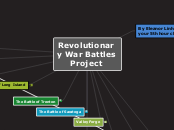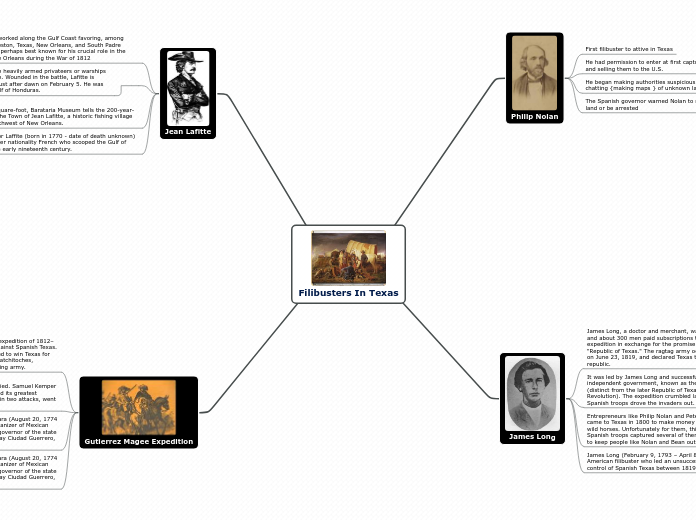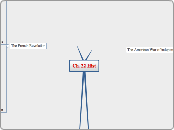In Order of Time of the Events
Revolutionary War Battles Project
Valley Forge
Valley Forge
December 19, 1777 - June 19, 1778
Elements Win

Valley Forge in the Winter of 1777 - 1778
Main Points:
- The Valley Forge was not a battle ground for Britain and the Continental Army to fight but rather for both to fight a different army. The army of elements.
- The winter was harsh and the Continental Army did not have nearly enough shelter and food.
- They somehow managed for only 2,000 of 11,000 soldiers to have died.
- After withstanding the long winter, the soldiers came out more fit and more strong then before the winter thanks to Frederick von Steuben.
- After the winter, the men's contracts for service expired, but strangely, almost 85% of them stayed to fight for another year.
- Surviving the harsh winter and lots of them staying to fight longer symbolized the colonist's resolve for freedom, which only made them more difficult.
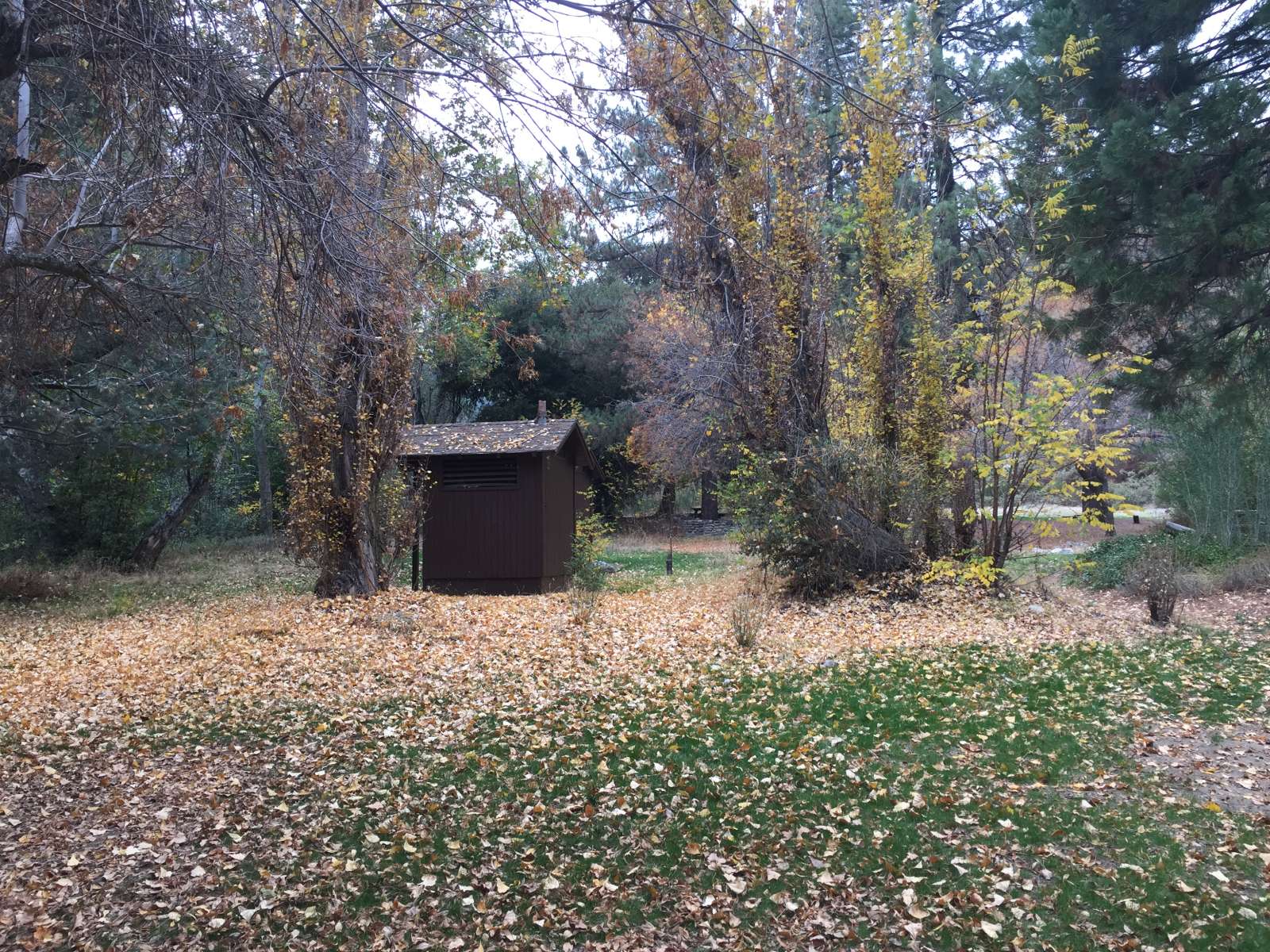
Modern Valley Forge trailground.
Sorces:
- http://www.ushistory.org/valleyforge/
- https://www.history.com/this-day-in-history/continental-army-enters-winter-camp-at-valley-forge
The Battle of Saratoga
The Battle of Saratoga
September 19th, 1777 - October 17, 1777
Continental Army Wins

The Battle of Saratoga.
Main Ideas:
- Saratoga means two short battles.
- On September 19, Burgoyne attacked.
- After waiting in vain for reinforcements in New York and fortifying his camp, Burgoyne decided to attack once again.
- Britain was overwelmed by the helping Militia and therefore lost.
- This win for the Continental Army helped to convince the French to help them fight back.

The Battle of Saratoga, The First Battle.
The Battle of Trenton
The Battle of Trenton
December 26, 1776
Continental Army Wins

The Capture of the Hessians at Trenton.
Main Points:
- General George Washington crossed the Delaware River and won a crucial battle in the American Revolution.
- The Hessians, although they knew they were coming, were unprepared for the Americans to attack (likey some people were drunk).
- Washington divided his troops to attack both flanks and as much as the Hessians tried, they could not rally together ending in a win for the Continental Army.
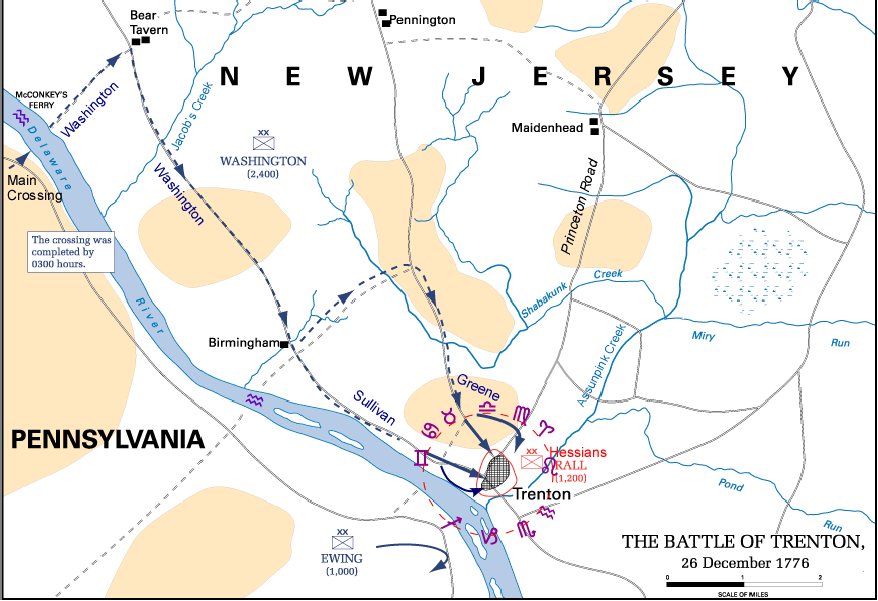
A Map of the Battle of Trenton.
Sources:
- https://www.britishbattles.com/war-of-the-revolution-1775-to-1783/battle-of-trenton/
- https://www.history.com/topics/american-revolution/battles-of-trenton-and-princeton
The Battle of Long Island
The Battle of Long Island
August 27, 1776 - August 30, 1776
Britain Won
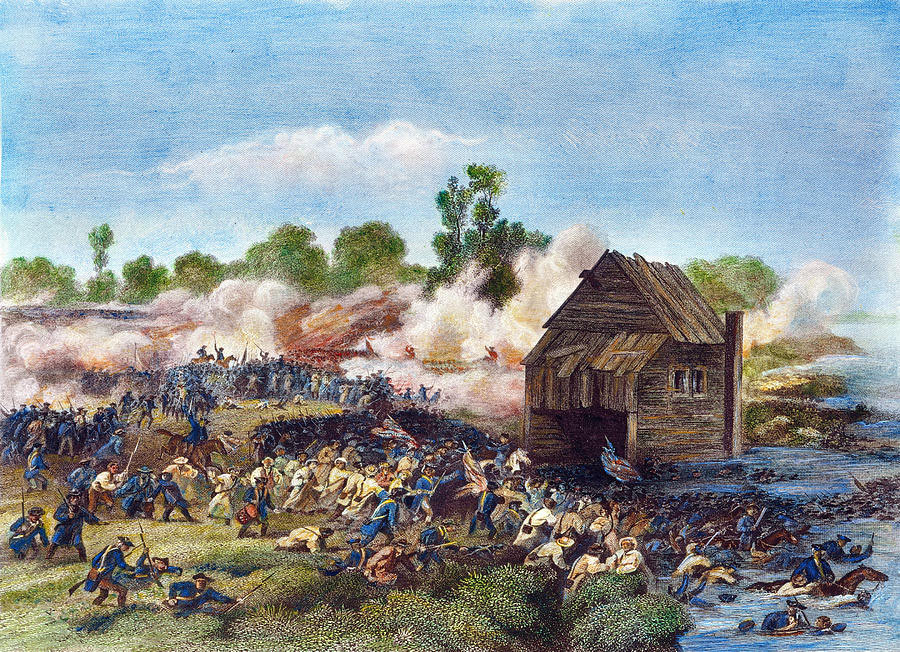
The Battle of Long Island on 27th August, 1776 in the American Revolutionary War.
Main Points:
- On August 27, 1776 the British army successfully moved against the Continental Army led by George Washington.
- Battle only took place to support a British campain to sieze control of New York and therefore cut off The New England colonies.
- Washington's brains helped him escape total defeat and fight back.
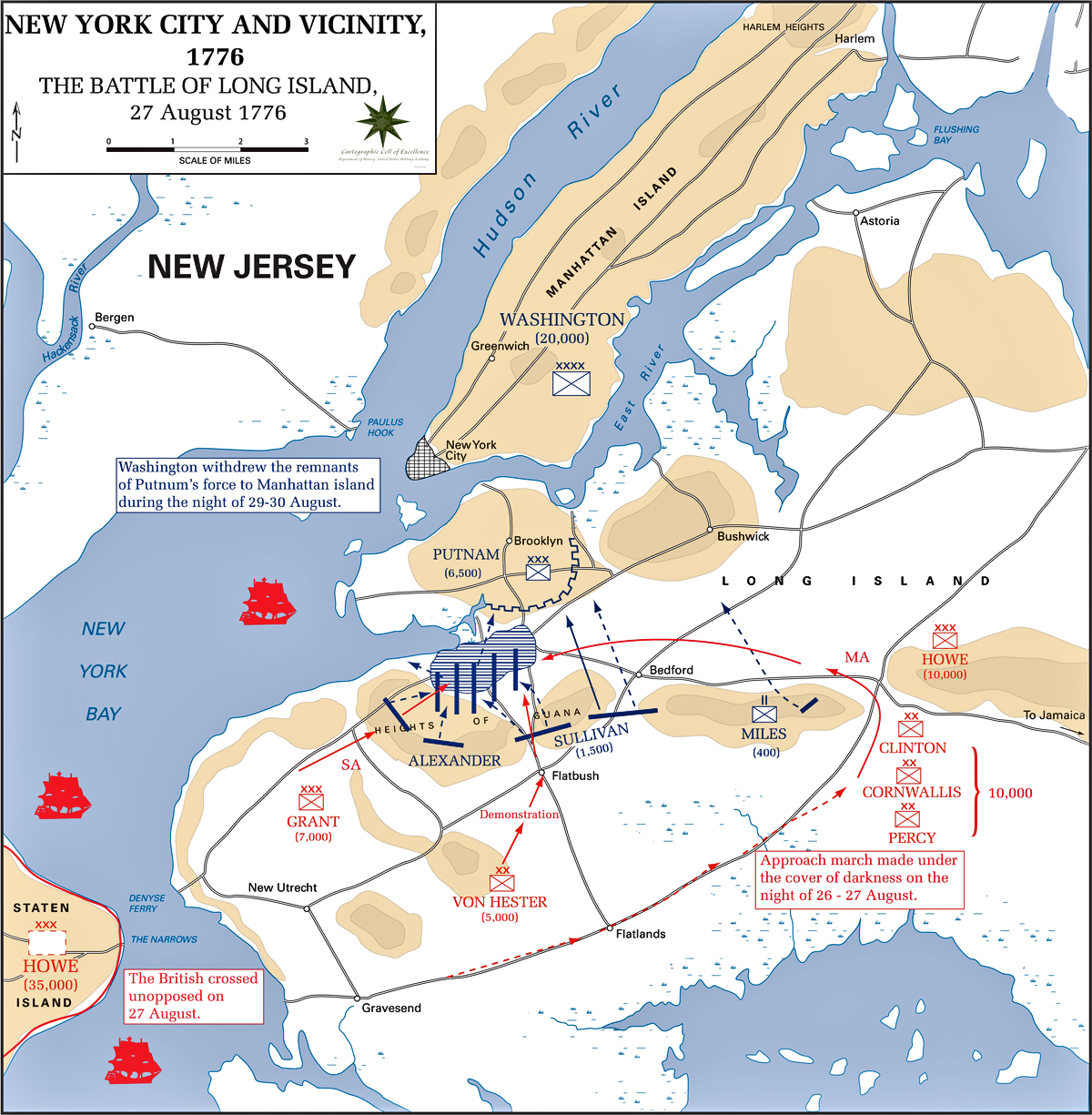
A Map of the Battle of Long Island.
Sources:
- https://www.history.com/topics/american-revolution/battle-of-long-island
Battle of Quebec
The Battle of Quebec
December 31, 1775
Britain Wins
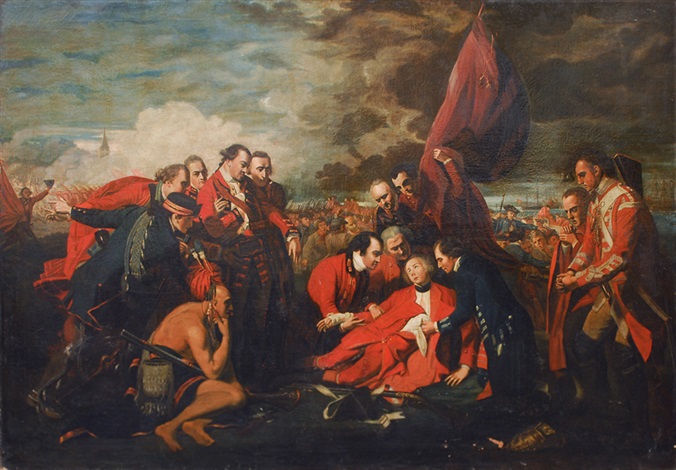
The Death of General Wolfe in the Battle of Quebec.
Main Points:
- The Second Continental Congress agreed to let them try and take Quebec City. Therefore. . .
- In early December, Arnold, Montgomery and their men rode up to the city of Quebec, plans to capture it.
- They first tried to demand their surrender, which did not work.
- They next tried by brutal force and made two groups led by Arnold and Montgomery to attack the city.
- Both tries of Arnold and Montgomery failed, and Montgomery was killed in the first wave.
- After the defeat, Arnold and the remaining men ran away.
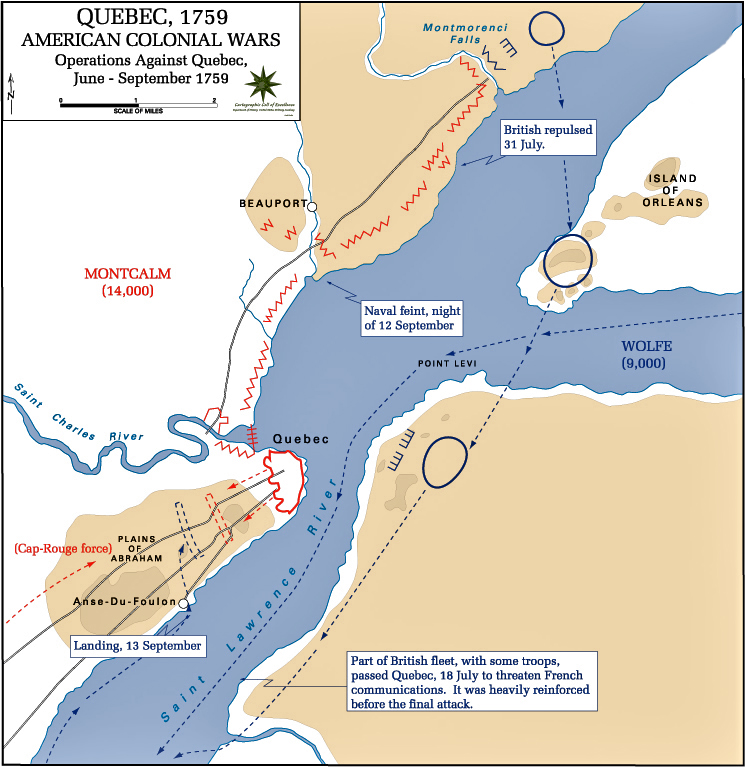
Map of the Siege of Quebec 1759.
The Battle of Bunker Hill
The Battle of Bunker Hill
April 19th, 1775
Britain Wins

The Battle of Bunker Hill
Main Parts:
- This fight took place actually on Boston's Breed Hill.
- The Continental Army was low on supplies and ammunition, therefore the rebel commander gave the order "Don't fire until you see the whites in their eyes".
- The British takes three attempts on the Colonists and only end up winning the battle because the Colonists ran out of ammunition.
- Even though the Colonists lost, because they managed to kill around 700 people's, which boosted the Colonists self esteem.
- This moral boost caused lots of colonists to change the way they thought of what would happen if they joined into this war. (Lot's of people thought all the colonists would immediatly die).
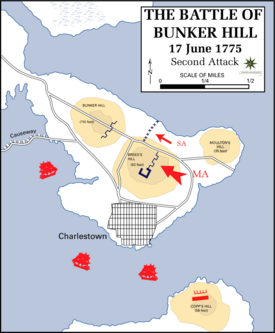
The Map of the Battle of Bunker Hill.
Battle of Lexington and Concord
Battle of Lexington and Concord
April 19th, 1775
Britain Wins

The Battle of Concord and Lexington on April 19th, 1775.
- Started the Revolutionary war
- Also known as the "The Shot Heard Around The World"
- Started with three men, including Paul Revere, but only one made it there in time to warn them about the Red Coat armies.
- Minutemen, called that for being able to get ready at a minutes moment, were indeed ready for the British and were able to slow them down.
- Once the British won the little scrimsh, they went to try and find any ammo but couldn't find any.
- The colonists were able to hide the ammunition in time.
- This event started the Revolutionary war.
- Also known as the "The Shot Heard Around The World".
- The British continued on to Concord just to be ambushed
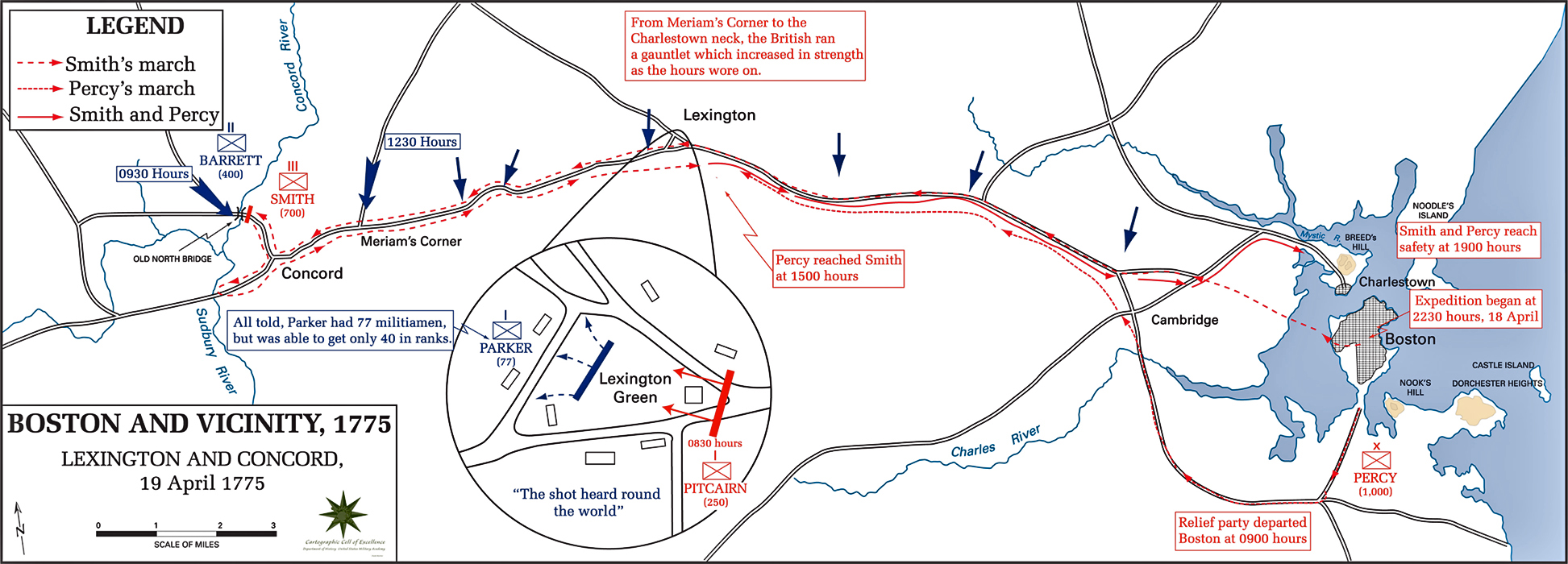
Map of route to Concord and Lexington.
Treaty of Paris 1783
The Treaty of Paris (1783)
September 3rd, 1783

The Paris Treaty
Main Points:
- The Treaty of Paris formally ended the American Revolution.
- American men Benjamin Franklin, John Adams and John Jay negotiated the peace treaty with Great Britain.
- The Treaty has the British Crown recognize American Independence and gave up most of it's territory east of the Mississippi River to the United States.
- This land expansion, doubled the size of the new nation and paving the way for westward expansion.
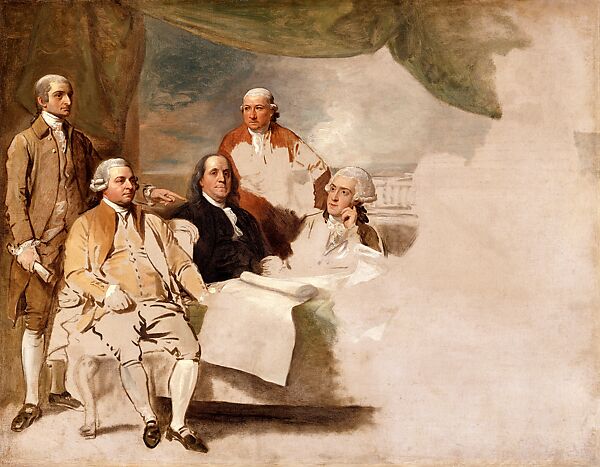
Benjamin Franklin, John Adams and John Jay writing the Treaty.
Sources:
- https://www.history.com/topics/american-revolution/treaty-of-paris
Battle of Yorktown
The Battle of Yorktown
September 28th, 1781 - October 17th, 1781
The Continental Army Wins
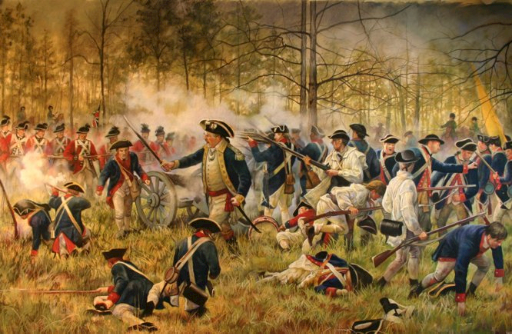
The Battle of Yorktown
Main Points:
- On September 28th, 1781, General George Washington commanded an army of 17,000 French and Continental troops.
- They begin the siege known as the Battle of Yorktown against British General Lord Charles Cornwallis and 9,000 British troops at Yorktown, Virginia, in the most important battle of the Revolutionary War.
- Washington ordered Marquis de Lafayette and an American army of 5,000 troops to block Cornwallis' escape from Yorktown.
- Washington had completely circled Cornwallis and Yorktown with both the Continental and French troops.
- Cornwallis surrendered to Washington in the field at Yorktown on October 17th, 1781.
- This ends the War for Independance, with the new Americans successfully independant.

The Siege of Yorktown from 1781
Sources:
- https://www.history.com/this-day-in-history/battle-of-yorktown-begins
Battle of Cowpens
The Battle of Cowpens
January 17th, 1781
The Continental Army Wins
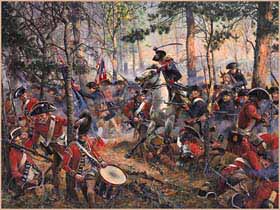
The Battle of Cowpens
Main Points:
- As Tarleton's men attacked, Morgan instructred the militia to skirmish with them but then left the front life very soon after.
- The British mistook the repositioning of the Americans as a retreat and ran into an unexpected rifle fire.
- Tarleton escaped, but Morgan's troops decimated his army.
- American rifles, killed by Britain's soldiers, proved devastatingly effective in this engagement.
- More than 800 British troops were killed, wounded or captured.
- Less than 100 casualties for the Americans.
- This showed that the Continental Army could fight a battle the way that the British fight, and win without cheating.
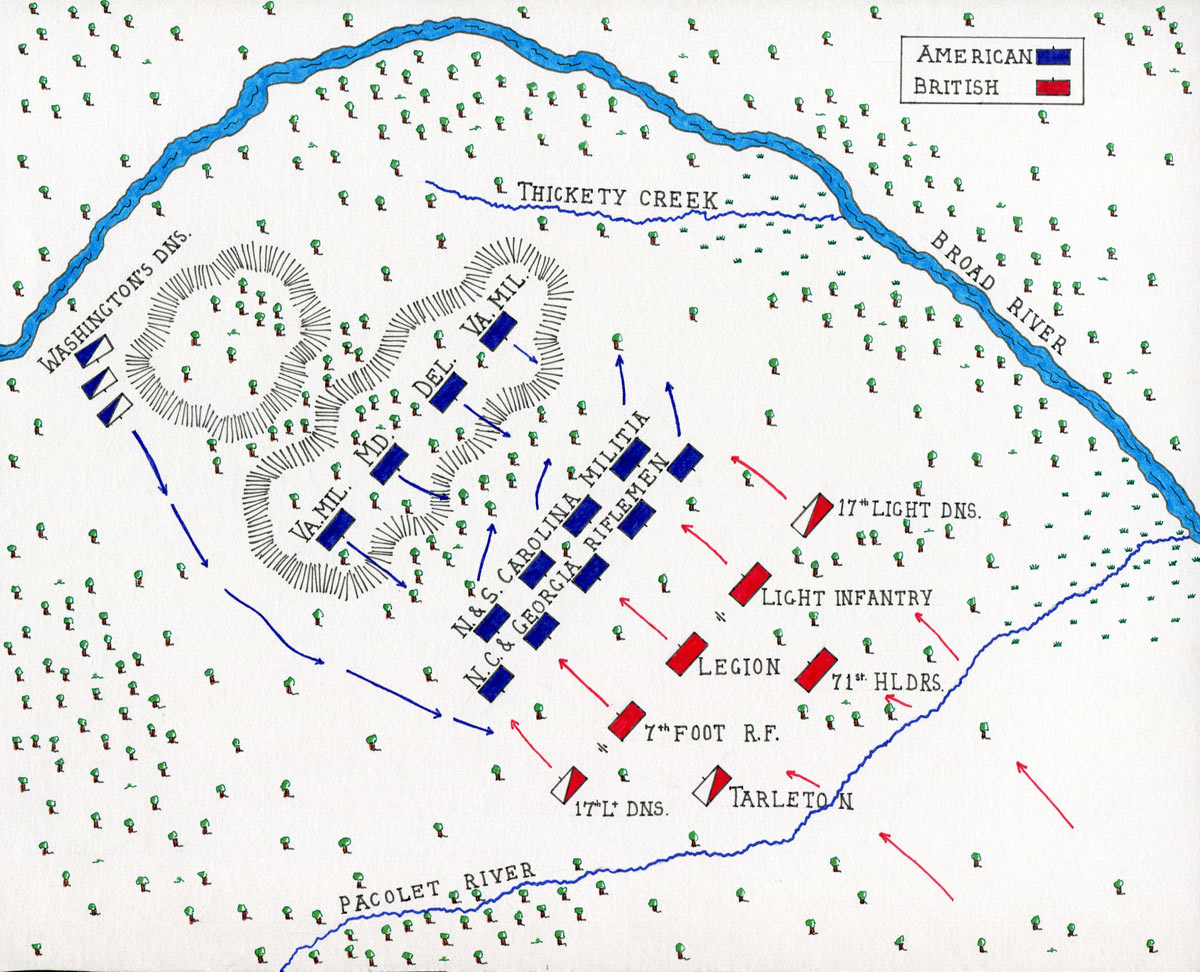
Map of the Battle of Cowpens
Sources:
- https://www.history.com/topics/american-revolution/battle-of-cowpens
Battle of Saint Louis
The Battle of Saint Louis
May 26th, 1780
The Continental Army Won

The Battle of St. Louis
Major Points:
- A battle between the Spanish plus French and British.
- Hesse aproached St. Louis but couldn't get in because there were so many settlers in the way.
- The next day, Hesse sent 300 Indians to attack Cahokia on the American side.
- Hesse took the rest of the force and attacked St. Louis, capturing several civilians in the process.
- The first wave of attackers fired their cannons but could not do much, which alarmed them that they refused to fight anymore.
- The other attackers continued their attempts to breach the defenses, but the cannon fire was much to strong so the attackers withdrew and gave up.
- The failed Battle of Saint Louis was the last attempt of the British to control the Mississippi River Valley.
- Saint Louis would never again come under attack from a foreign power.

Map of the Battle of Saint Louis
Sources:
- https://revolutionarywar.us/year-1780/battle-st-louis/#.W-YcwWhKi00
- http://www.revolutionary-war-and-beyond.com/battle-of-saint-louis-is-won.html
By Eleanor Linhardt
in your 5th hour class.
